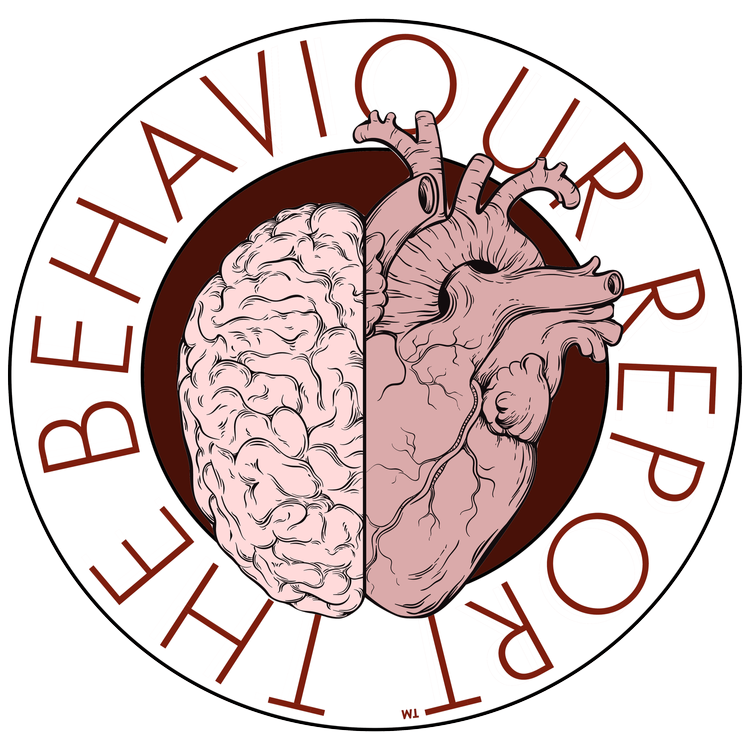Dan Gregory @DanGregoryCo
In times of incredible change, marketplace shifts and increasing uncertainty, cultural leadership, more than charismatic leadership, can be what sustains organisations and communities and allows them to both survive and thrive.
We all have an unconscious understanding of culture and have experienced it in many forms throughout our lives: from the micro-cultures of family and friendship groups to the macro-cultures of school, sporting and our national associations.
So, how might we build, nurture and change our cultures, deliberately and purposefully?
Upsides versus risks
Culture, obviously, has many upsides. A strong culture drives greater engagement and reduced staff turnover, it increases productivity, provides clarity of action while reducing confusion and procrastination, it allows motivation to becomes internalised and identity-based and supports positive behaviours by helping performance to become intrinsic and self-correcting.
However, we should also remain conscious of the risks and potential downsides of very strong cultures. Cultures can also become homogeneous, reducing cognitive diversity, or ego-focused and isolationist leading to an overly inward focus. Those who “drink the Koolaid” can also become biased and even delusional allowing negative behaviours to be reinforced and even celebrated and encouraged.
So, mindful of these upsides and risks, how do we create Cultures of the Willing?
What makes us feel a sense of belonging
Culture and a sense of belonging are influenced by a number of factors, but perhaps a useful mnemonic is The 4 B's of Belonging - Background, Bearing, Beliefs and Behaviour:
1. Background
Background factors include: Political, Economic, Consumer confidence, Competition & Environment
No culture emerges in a vacuum and the background environment that a culture emerges in plays a powerful role in the shape it takes and the values it holds dear. There are notable differences, for example, between cultures that form across different socio-economic boundaries, between different professional fields, geographies and even amongst peers from one organisation to another.
This requires a conscious assessment of the background factors listed above and the decisions we make about their implications and relevance to the next of our B’s - Bearing.
2. Bearing
Bearing is defined by: Strategy, Objectives, Vision, Decisiveness & the Definition of Success
Our Bearing might best be described as the direction or shared purpose that unites and guides a culture.
Critical in this is clearly articulating your cultural identity. In other words, who you help people to be by association with your culture. This means aligning your strategy with your cultures stated values and the values held by your team or members.
Ultimately, for leaders within a culture, it means watching your focus, because believe me, everyone else is. Define what a win looks like for your culture and be consistent in that focus. Because if you say one thing but fail to live up to it, you undermine the beliefs held by the culture.
3. Beliefs
Beliefs include: Values, Agreement, Order, Cultural Morality & the Cost of Entry
Cultures might best be described as beliefs expressed through behaviours that are codified in shared stories. But what might that look like practically?
It means practicing “story-doing” not just storytelling. That is, using exemplar behaviour to define what ideals look like in practical, tangible terms.
Beliefs also require us to mind our language (in other words, to speak in a cadence and style that is congruent to our culture), as well as driving radical clarity, transparency and trust.
Just as importantly, in order to increase a sense of ownership around culture, we need to be willing to allow for co-creation, for the culture to take on a life and meaning beyond what we as leaders are capable of providing.
4. Behaviour
Behavioural factors include: Rituals, Language, Roles. Status & Sacredness
Perhaps most important aspect of culture building is the behaviours or rituals that are observed, celebrated or corrected. This is critical in how we recognise each other and take culture from the conceptual to the tangible.
It is also where transgressions become apparent and where conflicts and cultural toxicity can occur.
Some of this will be influenced by environment; the spaces you inhabit, work in and hold to be sacred. However, it is also determined by how leaderships shares measures and rewards and defines accountability.
Most importantly, cultures are built on how tribes rise to the defining moments. These moments that matter become shared examples of story-doing. Over time, these become legends and sacred parables that allow cultures to endure, be passed on, to grow and to thrive.
Some questions to consider:
What context must we respond to, right now, in this moment?
What is our purpose, our reason for being?
What behaviour is acceptable and encouraged?
What do we really do? What value do we create?
What does success look like in our culture?
Who is responsible for what? What roles do individuals play?
